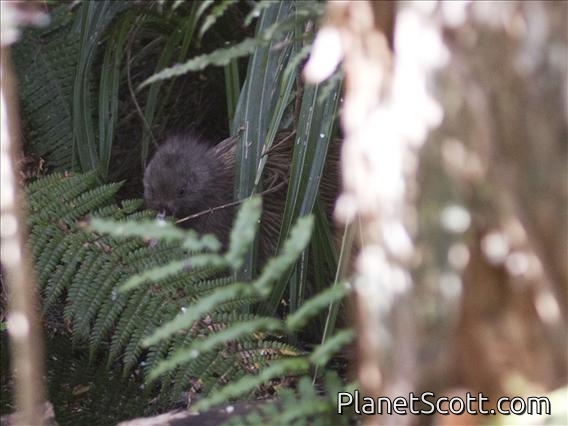Southern Brown Kiwi (Apteryx australis)

Brown Kiwi (Apteryx australis)
×


Brown Kiwi (Apteryx australis)
About Southern Brown Kiwi (Apteryx australis)
- Kingdom: Animals
- Phylum: Chordates
- Class: Birds
- Order: Struthioniformes
- Family: Kiwis
The southern brown kiwi, tokoeka, or common kiwi is a species of kiwi from South Island of New Zealand. Until 2000 it was considered conspecific with the North Island brown kiwi, and still is by some authorities.
Source: Wikipedia

